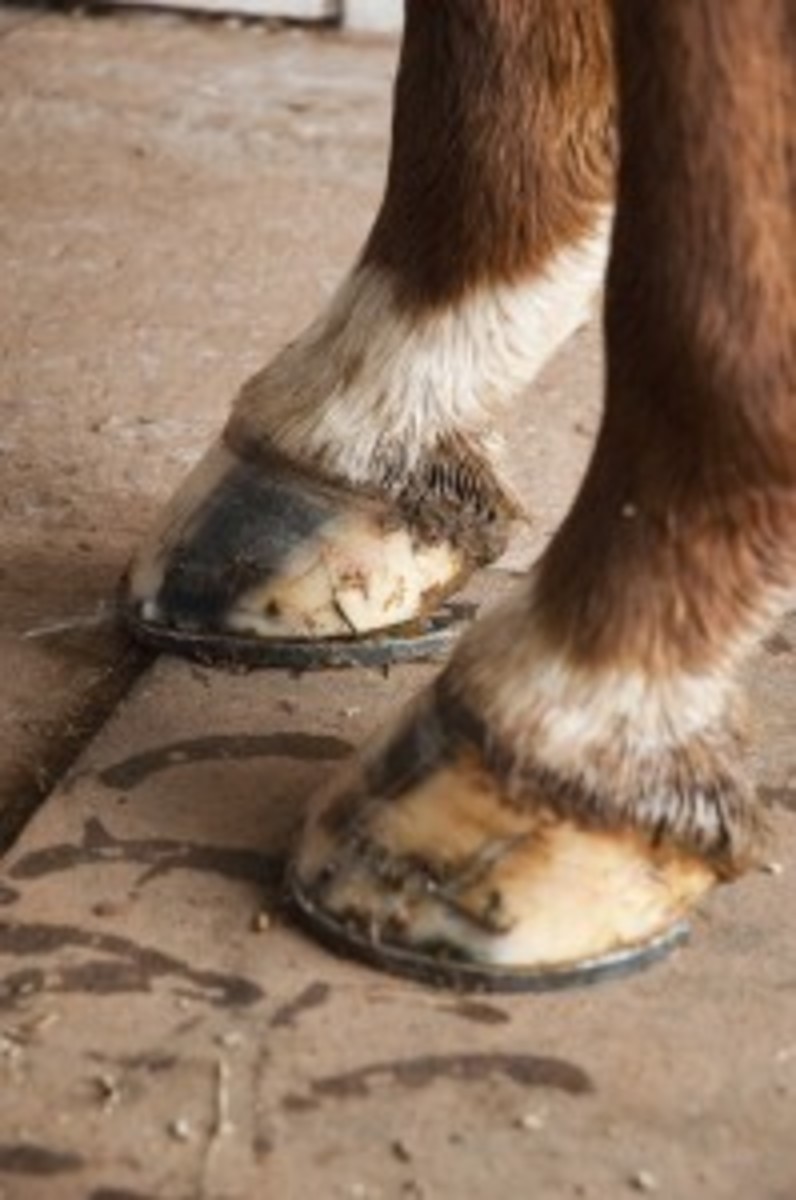Home > Horse Care > Grooming > Isoxsuprine and Navicular Disease
Isoxsuprine and Navicular Disease
- July 25, 2019
- ⎯ Christine Barakat
Isoxsuprine, a vasodilator widely used to treat navicular disease in horses and other lower-leg disorders, had no measurable physiological effect when administered orally to treat navicular disease in horses in a 1998 study at the University of Kentucky’s Gluck Equine Research Center.

The researchers administered oral isoxsuprine to six horses and monitored six parameters associated with enhanced circulation to the foot: heart rate, sweat production, anal muscle tone, core body temperature, skin temperature and blood flow in the skin.
“We were unable to identify any significant effects on horses after eight days of treatment with the oral form,” says researcher Thomas Tobin, MVB. An earlier study at the Gluck Center showed that intravenous isoxsuprine significantly increased heart rate, locomotor activity and sweat production, and decreased skin and core temperatures. The effects last for about four hours.
Tobin says the difference in efficacy is no mystery. “When a drug is given intravenously, all of it can go straight to where it is needed,” he says. “Give the same drug orally, and it has to be filtered through the liver. Swedish studies have shown that about 98 percent of an oral isoxsuprine dose is metabolized passing through the liver, leaving only 2 percent of it available to work.”
However, Tobin counsels against abruptly abandoning the use of isoxsuprine based on the findings of one study.
“I can’t refute a veterinarian who has used the drug and obtained positive results in clinical cases in the field,” Tobin says. “If a veterinarian has had a good experience using it, and is personally convinced that it brings positive clinical benefits in specific cases, then by all means he should continue.”
This article originally appeared in the October 1998 issue of EQUUS magazine.





